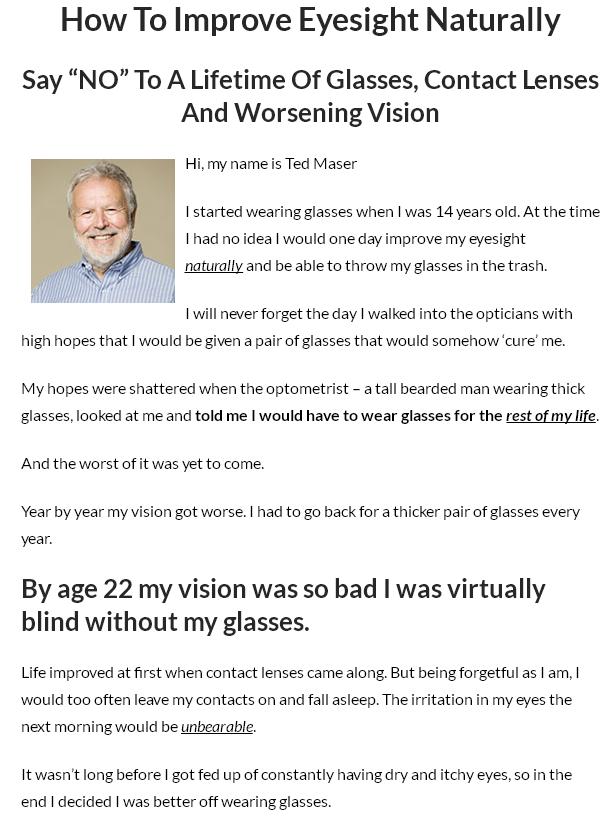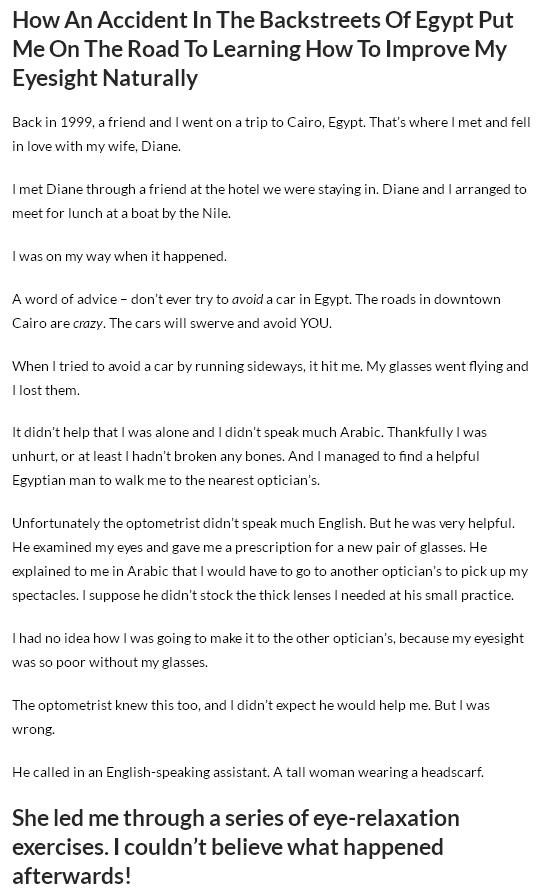Stretching movements are the foundation for a frozen shoulder physical therapy program. Low pain stretching exercises implemented on a daily basis can considerably cut down recovery times and recover range of motion for a disorder that can last up to 3 years, if left resolving naturally.
This is because the disorder is caused by coarse and thickened scars of the capsule membrane surrounding the rotator cuff called adhesions. There is not a clear indication as to why the adhesions develop, though there are links to diabetes and being overweight, but not necessarily so. The disorder develops in 3 phases: a freezing phase with high pain but range of motion still possible, a frozen phase accompanied by a dull pain and the infamous partial immobility that a frozen shoulder implies and finally a thawing phase, in which the adhesions naturally resolve.
However, it can be up to 3 years before a frozen shoulder resolves, during which time the sufferer has to contend with anti inflammatory medication, ultrasound, hot packs and even cortisone injections or manipulation. These treatments have all their time and place, but a professional frozen shoulder physical therapy should be the core of a rehabilitation strategy.
The therapy consist mainly of stretching movements and range of motion exercises performed very gradually but consistently, as dedication is a key factor for success of the therapy. The sessions can be performed for half an hour a day together with hot packs before sessions and cold packs after. Hot temperature helps loosen up the adhesion, while cold temperature helps relieve the inflammation caused by the exercising.
Other treatments like ultra sound require multiple surgery appointments and are only mildly effective, while manipulation can be avoided in all but the most sever cases. In fact, a frozen shoulder physical therapy program makes manipulation unnecessary, as it helps cut down recovery times, recover range of motion and reduce stiffness and pain.
An Adhesive Capsulitis, the medical term for a frozen shoulder, is a severe shoulder disorder that afflicts thousands of people every year, affecting quality of life by making it impossible to perform all the most mundane tasks that otherwise we take for granted, such as shampooing, reaching up for the cupboard, steering the car wheel and so on. However, a reliance on anti inflammatory medication is not the right answer to the disease, as drugs only alleviate the symptoms but do nothing to tackle the problem at the root.
Instead, a professional frozen shoulder physical therapy program helps loosen up the adhesions faster than natural resolving times, rehabilitating the shoulder to full functionality and eliminating pain. Recovery times may vary depending on severity of the disorder and personal responsiveness, but range of motion will be recovered and resolving times cut down anyhow.
If you are the unfortunate sufferer of this long lasting and debilitating disorder, do not hesitate to check out this frozen shoulder physical therapy program. It could save you months of affliction. Check out this frozen shoulder physical therapy program now.
Check out this frozen shoulder physical therapy now.
Frozen shoulder physical therapy.



